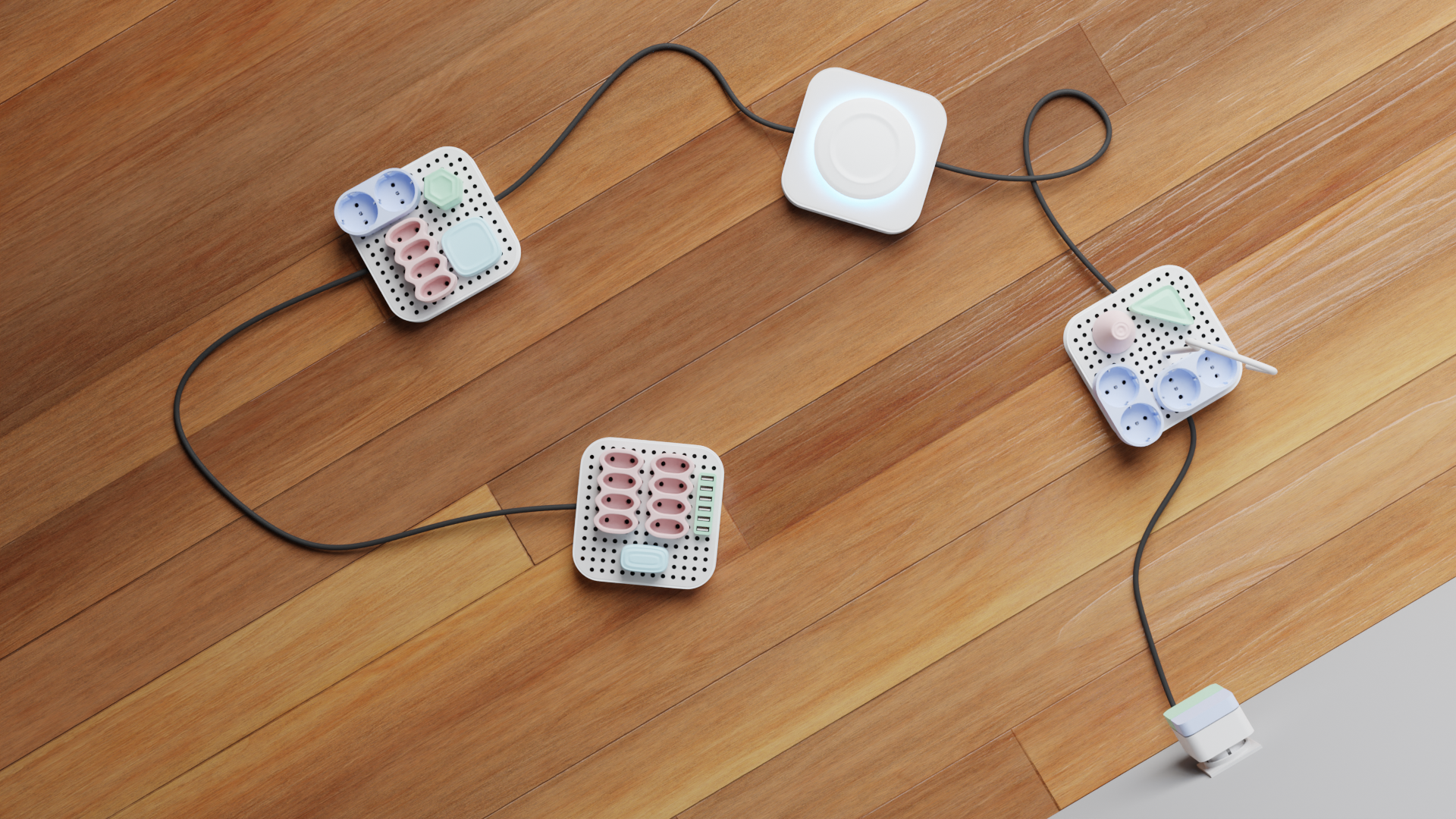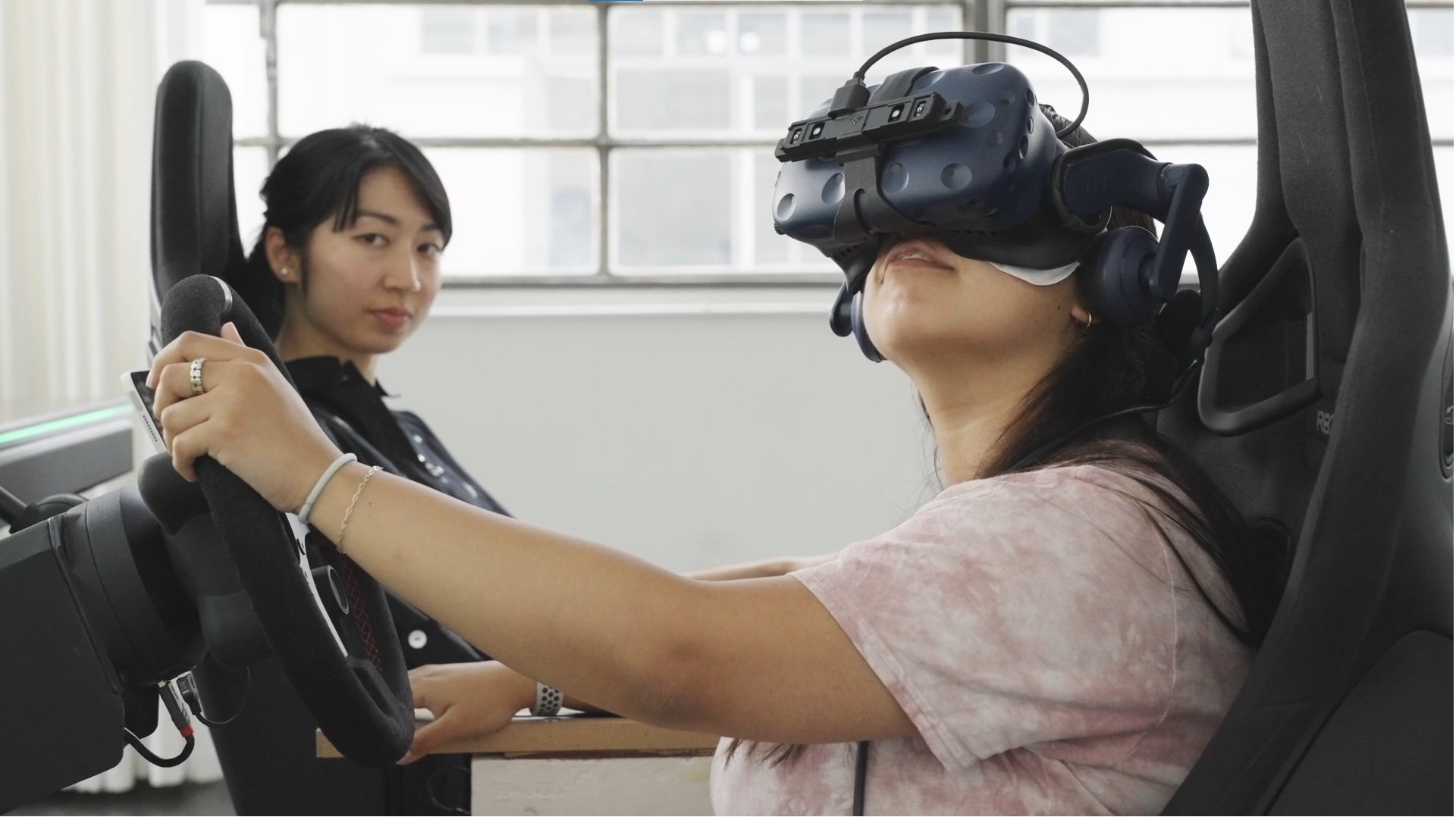Working Between the Lines
Illustrations from “Navigating Turin's Urban Landscape: A Reflection on Culture and Service Design" a research project by Shruti Umesh Chakke, a second year student studying as part of IED’s Transdisciplinary Design Masters program (image courtesy of Shruti Umesh Chakke).
As technology and society evolve at a breakneck pace, traditional design approaches that confine themselves to specific fields can often struggle to keep up.
In response, designers around the world are breaking free from disciplinary boundaries, converging across domains to address complex social, environmental and technical issues that do not fit easily into neat categories. This collaborative effort has given rise to transdisciplinary design, a new frontier that blends traditional design disciplines to offer a multifaceted approach to problem-solving and innovation.
With this change in practice in mind, it is imperative that design education adapts accordingly. In this spirit, the Transdisciplinary Design Masters program at the Turin campus of IED (Istituto Europeo di Design) represents a significant step forward. It is a course that specifically sets out to facilitate the growing demand for forms of design practice that are capable of addressing complex issues from various angles.
A series of illustrations exploring how to enhance mobility and communication services in Turin to prioritise the wellbeing of its citizens and communities (image courtesy of Shruti Umesh Chakke).
Inaugurated in 2022, the two-year MA program at IED is the first of a series of new courses that are being rolled out under an overarching manifesto called DesignxCommons. The programmes that grow from this approach are intended to encourage students to respond to (and design for) collective common goods: land, water, biodiversity, transport, healthcare, and social safety to name a few. In turn, these common goods contribute to an equitable, sustainable and inclusive future. In the case of the Transdisciplinary Design MA, the course invites the exploration of far-reaching topics, such as mobility and urbanism, from multiple perspectives. Drawing on information and design strategies from across disciplines, the aim of this course is to create rich, adaptive engagement with the complexity of the world as it stands.
To learn more about the programme, Disegno invited design writer Tiiu Meiner to meet with the course’s co-ordinator Wouter Haspeslagh, and a diverse group of current students to discuss Transdisciplinary Design’s foundational principles and its relevance to contemporary design. Second-year students Shruti Umesh Chakke and Santi Jonathan Di Paola bring backgrounds spanning exhibition design, K-12 teaching, and hard sciences, while first-year students Christian Ronald Metoyer and Renato Alessandro Brizzi offer expertise ranging from mechanical engineering to philosophy.
Together, this group set out to shed light on the applications of transdisciplinary design, and its potential to bridge design theory with real-world complexities. An edited version of their conversation follows below.
Part of a mind map exploring Turin’s urban landscape (image courtesy of Shruti Umesh Chakke).
Tiiu Meiner What is transdisciplinary design and why is it important today?
Wouter Haspeslagh I like to think that transdisciplinary design can be likened to Picasso's cubism. Just as cubist artists painted objects from multiple perspectives simultaneously, transdisciplinary design involves approaching problems from various angles all at once, seeing the big picture from different viewpoints at the same time. So something like mobility, which is relatively new as a design topic, is in a state of constant evolution, synthesising insights from diverse fields as it matures. It is a culmination of a vast array of traditional disciplines such as social design, urban design, architecture, engineering, vehicle design, user experience, digital design, and business. By integrating these older, more rigid disciplines, we can gain a comprehensive understanding and enhance our capacity as designers to tackle intricate societal challenges, and drive tangible progress. To do this, our curriculum fosters a collaborative and holistic mindset, preparing students to apply their knowledge to complex problem solving as they transition into professional life.
“I really value, for instance, how our discussions can acknowledge both science and spirituality, enriching our ability to tackle complex issues.”
Tiiu How is this transdisciplinary approach reflected in the teaching methods of the course?
Wouter Because mobility design, for instance, is still rather undefined, there are a lot of different backgrounds that must learn to work together to develop design solutions – that is what makes it transdisciplinary. To reflect that, we have built the course so that we use the first year to focus on teaching collaborative approaches that can accommodate its students’ and teachers’ multidisciplinary backgrounds. For example, the first years worked on a collaborative assignment called the ONE Project, which was a thorough exploration into mobility and urban design in Turin and Milan, led by the entire class. That initiative redefined the northern Italian landscape by melding geographical advantages and cultural diversity, aiming to cultivate an inclusive unity that could transcend traditional boundaries. In the second year, students integrate the collaborative skills they learn through projects like that into their own specialisations and final projects.
(image courtesy of Shruti Umesh Chakke).
Shruti Umesh Chakke That shift from a traditional teacher-student dynamic to a facilitator-practitioner model has really created a collaborative atmosphere. There is a lot of anecdotal learning, encouraging participation, and meaningful exchanges among students. I really value, for instance, how our discussions can acknowledge both science and spirituality, enriching our ability to tackle complex issues.
Christian Ronald Metoyer The programme structure differs significantly from traditional models. We have a flexible schedule, which initially posed challenges, but it now suits me well as I've learned to manage time and tailor dynamic weeks. Teachers personalise content to align with our interests and collaborating with classmates is enlightening; their diverse perspectives often spark new ideas. I find that the collaborative culture encourages sharing and learning.
(image courtesy of Shruti Umesh Chakke).
Tiiu What impact has transdisciplinary design had on your personal and professional development?
Shruti It has deeply shaped my graduation project, notably in how I think about the development of educational curriculums. In the past I was a part-time teacher in K-12 education, as well as an exhibition and experience designer. This made me realise the value of working across disciplines and underscored the pivotal role of education in problem-solving. So now I have been working on a project that implements a cosmic education approach to learning, underscoring the interconnectedness of subjects. This holistic approach ensures inclusive solutions tailored to individual needs, marking a shift from traditional, rigid educational models.
One team of first year students created Beacon, an AI assistant which regulates energy consumption by managing room temperature and turning off devices (image courtesy of Santi Jona di Paola, Arvid De Groote, Ivan Vietti).
Renato Alessandro Brizzi After studying philosophy in Milan, I was seeking a more tangible and creative outlet, which led me to transdisciplinary design – it seemed a perfect blend of philosophical reflection and practical application. I am still in my first year, and have noticed that integrating philosophy with design also poses challenges, but collaborating with peers and learning from instructors has been invaluable in overcoming that.
“I’ve learned to identify and address the root causes of issues, rather than merely treating their symptoms.”
Christian For me, coming from a background in mechanical engineering and strategy consulting, I felt constrained by the narrow scope of traditional approaches. So I found the programme's emphasis on holistic problem-solving inspiring. I've learned to identify and address the root causes of issues, rather than merely treating their symptoms, and collaborating with individuals from diverse backgrounds has opened up new avenues of research for me, exposing me to subjects I may not have explored independently. It has broadened my professional toolkit and horizons.
Santi Jonathan Di Paola I think my experience is a blend of those. My undergraduate journey spanned hard sciences, math, and economics, but when searching for a Masters, I found all the traditional design courses to be too limited. I always had an affinity for multidisciplinary interests, so when I discovered IED’s Transdisciplinary Design programme, I thought it offered the perfect solution. Through collaborative projects I can continuously embrace diverse perspectives and integrate varied expertise into my work. For instance, in my first year, two classmates and I created a smart product that would help manage energy in homes using AI and cloud technology. It could control room temperature, turn off devices, and set schedules – all easily controlled using interaction beacons around the house. Working together with my team allowed us to bring together our different strengths and explore what AI can do in design. It's made me really curious to keep exploring these kinds of collaborations and the potential of AI in my graduation project and beyond.
To retrofit houses with smart technology, the students created intuitive plug and play breadboards together with a remote Beacon (image courtesy of Santi Jona di Paola, Arvid De Groote, Ivan Vietti).
Tiiu How has collaborating across disciplines impacted your project work, and what insights have you gained from this experience?
Santi Last year, we had an immersive outdoor design project in the mountains, culminating in the creation of a collaborative zine centred on eco-design. This publication showcased our diverse approaches to ecological challenges, spanning social design, product design, waste management, psychology, feminism, queer theory, and more. It underscored the importance of sharing approaches to solve bigger issues such as climate change as a cornerstone of transdisciplinary design. Through this practice, we forged strong bonds as colleagues, emphasising values such as respect, openness, and growth across varied backgrounds, ultimately enriching our educational journey.
Christian One way to see it is that transdisciplinary design's strength lies in its comprehensive approach, enabling deeper problem-solving. Engaging with diverse peers has inspired new research paths for me, expanding my understanding beyond individual perspectives.
The course invites students to explore topics such as mobility and urbanism from multiple perspectives (image courtesy of IED).
Shruti I agree with Santi and Christian. Learning to build collaborations by setting clear values for the foundation of our designs has taught us how to ensure that our work is guided by a strong ethical framework, leading to more meaningful outcomes. In essence, it's about starting with a clear vision of the bigger picture and building from there.
Renato You have to set your ego aside and focus on collaborative learning to address the complex issues of today. Every opportunity allows us to gain insights from different perspectives and cultural viewpoints. Communication is key; if someone disagrees, we openly discuss it. Debates are constructive, not negative, and often lead to great outcomes.
“In essence, it’s about starting with a clear vision of the bigger picture and building from there.”
The course aims to help designers address complex social, environmental and technical issues that do not fit easily into neat categories (image courtesy of IED).
Tiiu How does this education prepare transdisciplinary designers for their future careers?
Wouter After graduation, transdisciplinary designers can pursue diverse paths. They may return to their original discipline and innovate within it using transdisciplinary knowledge. Alternatively, they can explore new fields, from government to creative agencies, or even start their own ventures. Some may opt for further academic study, pursuing a PhD to deepen their expertise and contribute to their field. Moreover, the transcending of disciplines can lead to the creation of entirely new fields, with graduates pioneering startups or introducing new disciplines within existing organisations. These pathways offer ample opportunities for growth and innovation in transdisciplinary design.
This article was made for Istituto Europeo di Design (IED).









